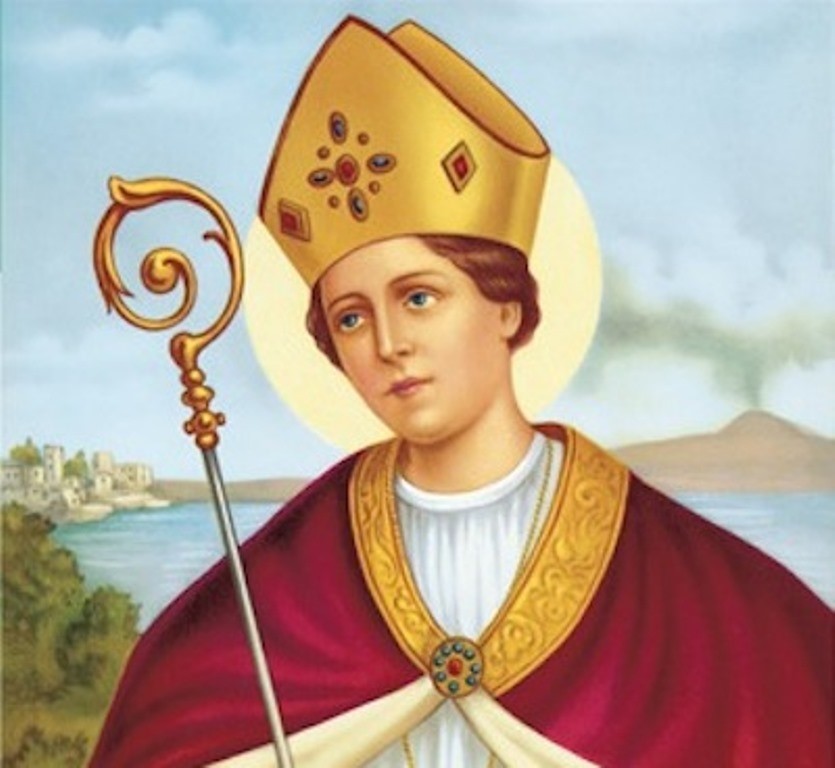Andrea was married in Troia, Puglia in 1701. However, before moving to Troia, he lived in Orta Nova, Foggia from 1684 to 1697. His processetto contains a letter written by a priest from the Parish of San Pietro in Cerignola stating that he was free to marry.
I am confused as to why the priest of the Parish of San Pietro in Cerignola would write this letter. Since Andrea lived in Orta Nova, I assumed he would have been a parishioner at Santa Maria delle Grazie (the church that the Jesuits built in Orta Nova).
According to a book about the history of Orta Nova: "The Fathers of the Roman College, as previously treated, they built a Church adjacent to a building or convent, dedicating it in Santa Maria delle Grazie. Orta was part of the Diocese of Ascoli Satriano, who sent a priest to celebrate Mass and of the burial of the dead. The Church was especially for the Jesuit Fathers a place to debate the problems of the nascent community."
So according to this book, Orta Nova belonged to the Diocese of Ascoli Satriano. So if Andrea needed a letter written for his processetto, one would think that either the priest at Santa Maria delle Grazie would write it, or perhaps a representative from the Diocese of Ascoli Satriano would write it.
Thus, it puzzles me why the letter would be written by a priest from a parish that wasn't even in Andrea's Diocese. This makes me wonder if perhaps, despite living in Orta Nova, Andrea and his family belonged to the parish of San Pietro in Cerignola for whatever reason? Could this have been possible?
Does anyone know why a priest from San Pietro in Cerignola would write this letter, despite Andrea living in a different Diocese?
(The reason I'm asking is because I hope the answer to this question will help me track down some documents pertaining to Andrea's family!). The letter in question is attached to this post!
Thanks so much for any help that can be provided!
Tony




